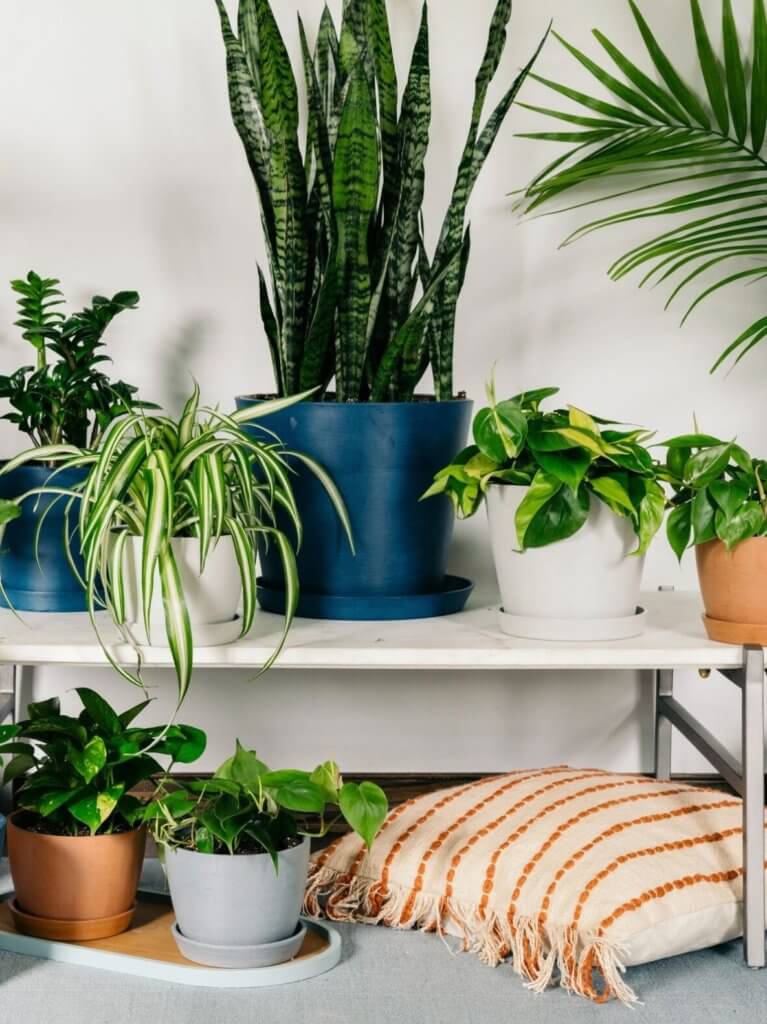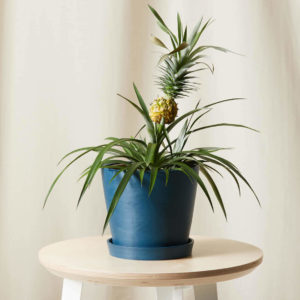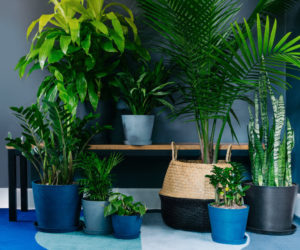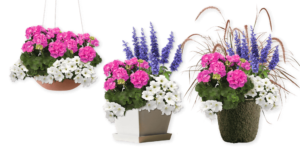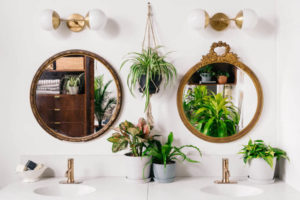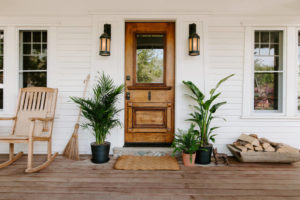There are many things to be aware of when it comes to indoor plant care. Most plant problems are caused by lack of light. The light allows plants to photosynthesize which produces the sugars they require to grow and thrive. It is not an exaggeration for plants to know that light is their lifeblood. No matter what the environment, they can’t survive without it.
You’re worried about how your apartment or home is lit. Find out everything you need to know about indoor lighting.
The importance of indoor plant lighting
Reiterating the previous statement, plants require some form of light source in order to grow. Some plants can tolerate very low light conditions, such as ZZ plants. However, claims that plants can survive without light are false. Some plants can survive and adapt for a brief time but they won’t thrive long-term.
Photosynthesis 101
National Geographic explains that photosynthesis is “the process by which plants utilize sunlight, water and carbon dioxide to make oxygen and energy in form of sugar.” To grow and reproduce, plants use glucose. Excess reserves are stored in the roots, stems, leaves, and stems. Also, more light equals greater photosynthesis, which in turn means more growth and vitality.
Your Guide To Indoor Plant Lighting
Different types of plants require different lighting conditions depending on where they are located. Cacti and succulents, for instance, love long hours in the sun and very little watering. For tropical plants, such as ferns, bird-of-paradise, and philodendrons to thrive in a rainforest environment, they need bright indirect light and frequent watering. Here are some tips for arranging different plants in each lighting situation.
Direct light
This category includes plants that are adapted to open, wide-open terrains such as cacti, herbs, or many succulents. It is best to aim for at least six hours of direct sunlight each day, which means that the sun’s rays are reaching the leaves. This lighting can only be achieved in a specific location.
- Southwest-facing windows: Your plant should be placed within a few feet from the window so it can absorb as much sunlight as possible.
- West-facing windows: Although it is not the best choice, a west facing window is an option. To maximize the light that your plant receives in the afternoon and evening, place it as close as you can to the window.
Indirect light bright
Climbing vines, small trees and cane-type plants are all examples of plants that grow taller. These plants enjoy bright indirect sunlight. This category includes many houseplants that are native to tropical rainforests. They grow high enough to receive bright sunlight, but they are protected from direct sunlight by larger trees. Dracaena and Heartleaf Philodendron are just a few of the plants that thrive in this environment. This environment can be recreated in many ways.
North-facing window: Place the plant close to the window.
- Place your plant within a few yards of an east- or west-facing window. The plant will get some sunlight in the morning and late afternoon. This is fine as the sun’s rays tend to be less intense when the sky is low.
- Southwest-facing windows: Position your plant at least a few feet away from the window so it doesn’t get direct sunlight. You can also place the plant close to the window, and drape a sheer curtain over it to block the sun.
Medium indirect light
Low-growing tropical houseplants such as ferns and calatheas do well in moderate indirect light. These plants can thrive in forest floors, which have abundant light but are highly filtered by the canopy of trees, vines and shrubs above. This is how you can recreate it in your own home. However, the guidelines are based on bright indirect light and allow for placement further from a window.
North-facing window: Position your plant within a few yards of the window.
- Place your plant within 6-8 feet of an east- or west-facing window
- South-facing or southwest-facing windows: Your plant should be placed within 8-12 feet of the window.
Low light
Many plants that are more resilient and prefer indirect light can also be adaptable to low lighting. The ZZ plant and pothos are some examples of plants that can tolerate low lighting. You should look for plants that can tolerate low light if you have small windows or windows that are blocked by trees or buildings, or if you are limited on artificial lighting. These plants prefer brighter light but can tolerate lower levels of light. Low light tolerance means that the plants can be kept in shape and will not die. However, they will continue to grow slowly and may not thrive. Because they can photosynthesize less, plants that are exposed to low light won’t require as much water.

